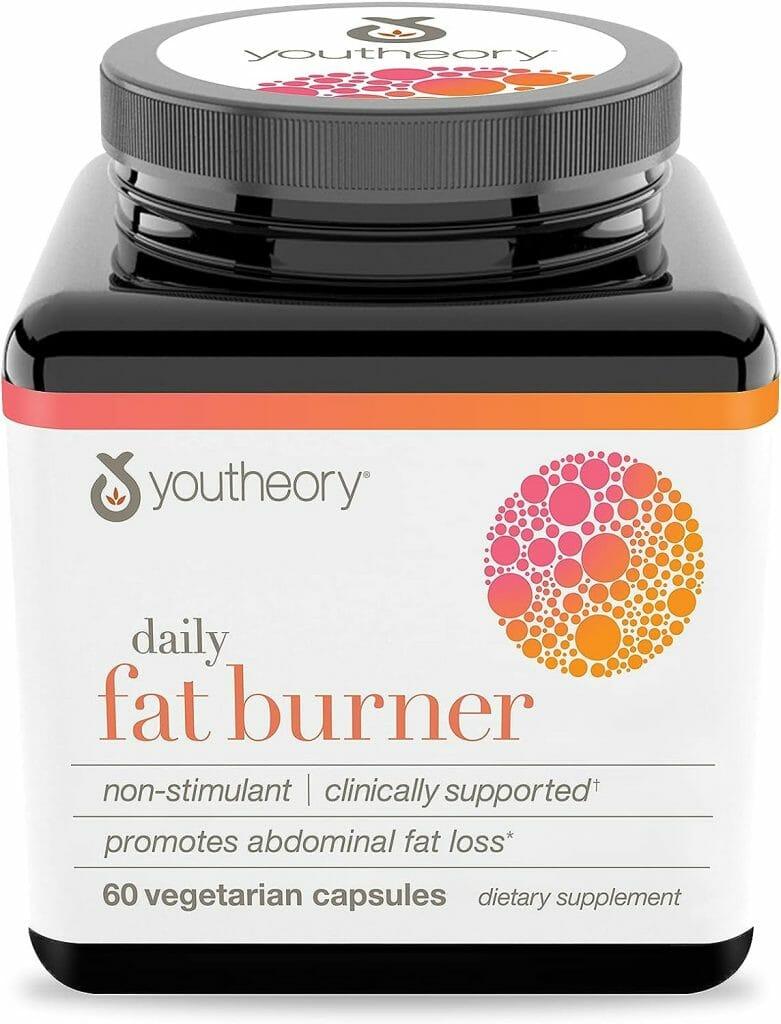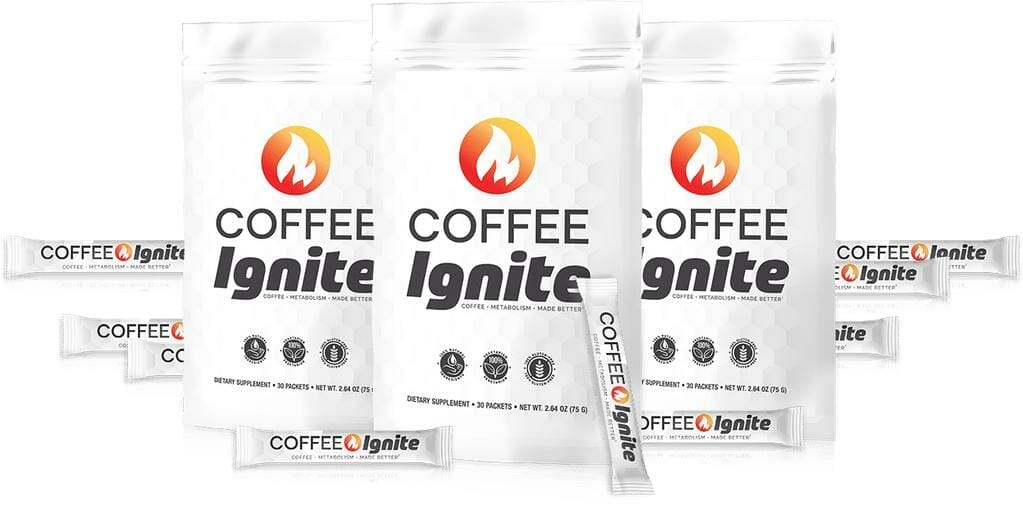To lose weight without gaining muscle, adjust your caloric deficit based on body fat percentage. Higher fat levels allow more aggressive dieting. Focus on strength training with exercises like squats and deadlifts to retain muscle. Incorporate calorie cycling by alternating high and low calorie days. Meet your protein needs for weight loss without muscle gain. Monitor hydration and prioritize quality sleep for muscle maintenance. Manage stress levels to support muscle growth. Track progress with waist measurements and tools like MyNetDiary. Implement these strategies to achieve your weight goals effectively. More insights await to help you on your journey.
Caloric Deficit Based on Body Fat Percentage
To optimize weight loss without risking muscle loss, adjust your caloric deficit based on your body fat percentage. Higher fat percentages allow for more aggressive dieting without muscle sacrifice, while lower percentages increase muscle loss risk.
Use a macro calculator to determine appropriate calorie intake. Monitoring body fat percentage helps manage weight effectively without muscle gain.
Maintenance of Strength Levels
To maintain your strength levels while losing weight, focus on incorporating regular strength training sessions into your routine. Exercises like squats, deadlifts, and bench presses can help you retain muscle mass during weight loss.
Monitoring your strength progress and adjusting the intensity of your workouts will support your goals of preserving muscle while shedding fat.
Strength Training Importance
Preserving your strength levels through consistent training is vital for maintaining muscle mass while losing weight.
- Retaining muscle mass: Strength training helps preserve muscle during weight loss.
- Lean muscle focus: Essential for maintaining muscle mass while targeting fat loss.
- Supports maintenance: Consistent routines aid in muscle preservation and metabolic rate.
- Prevents atrophy: Adequate training prevents muscle loss and promotes a toned physique.
- Prioritize strength: Essential for preserving muscle mass and body composition changes during weight loss.
Prevent Muscle Loss
Maintain your strength levels by incorporating resistance training into your workout routine, focusing on higher repetitions with lighter weights to stimulate muscle endurance rather than growth. Avoid excessive volume and intensity to prevent muscle hypertrophy. Include bodyweight exercises and functional movements to maintain muscle tone. Monitor progress closely to prevent muscle gain while in a calorie deficit. Adjust your training regimen as needed to prevent muscle loss.
| Resistance Training | Bodyweight Exercises | Monitoring Progress |
|---|---|---|
| Higher repetitions | Functional movements | Regular assessments |
| Lighter weights | Muscle tone maintenance | Adjust as needed |
| Muscle endurance focus | Prevent muscle gain | Track changes |
Incorporation of Calorie Cycling

Incorporating calorie cycling into your weight loss strategy can effectively prevent muscle gain while promoting fat loss.
- Calorie cycling involves alternating between high and low calorie days.
- This method helps maintain muscle mass while promoting fat loss.
- It prevents metabolic slowdown and muscle loss.
- Varying calorie intake prevents entering a catabolic state.
- It helps achieve a leaner physique without significant muscle gain.
Adequate Protein Intake
For effective weight loss without gaining muscle, ensuring adequate protein intake is essential. Consuming 0.8-1.2 grams of protein per kilogram of body weight supports weight loss without muscle mass increase. Protein promotes muscle protein synthesis, maintaining muscle mass during a calorie deficit.
Balancing protein intake with calorie expenditure is vital to prevent muscle gain. Opt for lean protein sources like chicken, fish, tofu, and legumes to support fat loss without muscle growth.
Hydration Management

Staying adequately hydrated is essential for supporting muscle function and overall health. Monitoring urine color can help gauge hydration levels important for muscle recovery.
Hydrating before, during, and after workouts aids muscle maintenance. Adequate water intake throughout the day is key for best muscle function. Dehydration can impair muscle growth, affecting performance.
Prioritizing Quality Sleep
To ensure peak muscle recovery and growth while losing weight, prioritize quality sleep by aiming for 7-9 hours per night. Quality sleep is vital for muscle repair, growth, and maintenance during weight loss efforts.
Lack of sleep can impede muscle preservation and affect weight loss goals. Adequate sleep supports hormone balance, including cortisol levels, essential for muscle maintenance.
Create a sleep-friendly environment to enhance your weight loss journey.
Stress Level Management

Controlling your stress levels is crucial for sustaining muscle growth and overall health. To support muscle maintenance and recovery, consider these points:
- High stress can elevate cortisol levels, impeding muscle growth.
- Cortisol disrupts muscle recovery processes.
- Incorporate relaxation techniques to assist muscle maintenance.
- Prioritize stress management for peak muscle growth.
- Managing stress can prevent undesired muscle gain during weight loss.
Progress Monitoring and Adjustment
To effectively track your weight loss journey,
regularly measure your waist circumference and adjust your workout routines and dietary habits accordingly.
Monitoring these changes will help you stay on track and make necessary adjustments for continued progress.
By staying diligent in tracking your progress and making informed adjustments,
you can achieve your weight loss goals without gaining unwanted muscle mass.
Tracking Weight Loss
Monitor your weight loss progress by tracking changes in body weight, body measurements, and body composition to evaluate fat loss without muscle gain.
Utilize tools like MyNetDiary for tracking weight loss trends, protein intake, and muscle retention.
Adjusting calorie intake and exercise routines based on progress guarantees effective weight loss.
Analyze body fat percentage measurements to target fat loss while minimizing muscle gain.
Fine-tune your weight loss plan using progress data for best results.
Adjusting Workout Routines
Regularly adjust your workout routines based on progress to optimize fat loss and minimize muscle gain. Monitor changes in body composition, such as muscle mass and fat percentage. Focus on endurance and calorie burning by incorporating more cardiovascular exercises and reducing heavy lifting. Utilize HIIT and circuit training to emphasize fat loss over muscle building. Reassess and modify workout intensity and volume to strike a balance between losing weight and preserving muscle.
| Body Composition | Endurance Training | Cardiovascular Exercises |
|---|---|---|
| Muscle Mass | HIIT | Running |
Monitoring Dietary Changes
For effective monitoring and adjustment of dietary changes, start by tracking your daily food intake using a food diary to accurately monitor your calorie consumption. Use a food scale to measure portion sizes and guarantee precise calorie tracking.
Monitor changes in body weight regularly to assess progress. Adjust calorie intake based on weight changes to maintain a calorie deficit for fat loss.
Utilize tools like MyNetDiary for effective progress monitoring.
Frequently Asked Questions
How Can I Lose Fat but Not Gain Muscle?
To lose fat without gaining muscle, focus on a moderate calorie deficit, do more cardio, limit strength training, watch protein intake, and avoid high-intensity resistance workouts. Balance your routine with fat-burning exercises like cardio for best results.
How Can I Lose Weight but Not Muscle?
To lose weight without losing muscle, focus on creating a moderate calorie deficit, incorporating resistance training, and ensuring you get enough protein. By balancing cardio and strength training, you can achieve ideal results in losing weight without gaining muscle.
What Is the 4 30 10 Method for Weight Loss?
To lose weight effectively with the 4 30 10 method, you need to walk 4 miles, do 30 minutes of strength training, and complete a 10-minute stretching routine daily. This combination guarantees thorough weight loss advantages.
How Do I Stop Being Skinny Fat Without Gaining Muscle?
To stop being skinny fat without gaining muscle, focus on a balanced routine of resistance and cardio workouts, monitor calorie intake, prioritize protein, and maintain consistency. Achieve a leaner, toned physique by following these strategies diligently.
Conclusion
To sum up, losing weight without gaining muscle requires a strategic approach that includes a caloric deficit based on body fat percentage, maintenance of strength levels, calorie cycling, adequate protein intake, hydration management, quality sleep, stress level management, and progress monitoring.
By implementing these proven strategies, you can achieve your weight loss goals without adding unwanted muscle mass. Remember to stay consistent, prioritize your health, and consult with a professional if needed.
Keep up the hard work and stay focused on your journey to a healthier you.








Leave a Reply
You must be logged in to post a comment.